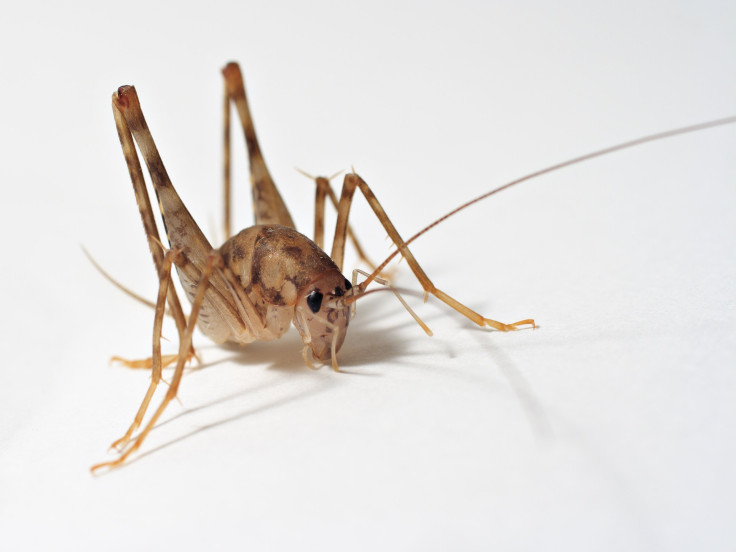Asian Camel Crickets Invade US, Scavenger Insect ‘Driving Out’ Native Cricket Species

An invasive species of cricket is displacing domestic crickets in the eastern United States, a study published in the journal PeerJ finds. The Asian camel cricket, Diestrammena asynamora, is occupying U.S. homes, particularly basements, garages and cellars. While the crickets do not pose a threat to humans, scientists say they know very little about how the species could impact local ecosystems.
North America is home to around 150 species of camel crickets. Asian camel crickets, also known as greenhouse camel crickets, were first spotted in the U.S. in the 19th century in commercial greenhouses. Researchers say the voracious insects eat almost anything, including animal droppings, fungus and even their own legs, making it one of the few species in the world that eats itself.
Asian camel crickets are native to Japan and the Sichuan region of China. They are distinguished by their long, spiky legs and are often mistaken for spiders. “It’s possible that the greenhouse camel cricket could be driving out native camel cricket species in homes,” Mary Jane Epps, a postdoctoral researcher at North Carolina State University and lead author of the study, said in a statement.
Invasive species typically wreak havoc on their new environments -- Asian carp, which were introduced into the U.S. in the early 1970s, have overrun public waterways and displaced many native fish populations -- but researchers say there may be a benefit to having Asian camel crickets around. “Because they are scavengers, camel crickets may actually provide an important service in our basements or garages, eating the dead stuff that accumulates there,” Holly Menninger, director of public science in the Your Wild Life lab at North Carolina State and co-author of the paper, said in a statement.
Scientists from North Carolina State University found a second species of cricket from Asia, Diestrammena japanica, showing up in homes in the U.S. Northeast.
Other invasive species in the U.S. include zebra mussels, Chinese mitten crabs, sea lamprey and the particularly nightmarish northern snakehead, a carnivorous fish native to China that can breathe air, carry diseases and is strong enough to chew through a steel-toed boot. The U.S. Fish and Wildlife Service has long tried to eradicate the infamous snakehead from U.S. waterways, but efforts have often failed.
© Copyright IBTimes 2024. All rights reserved.






















